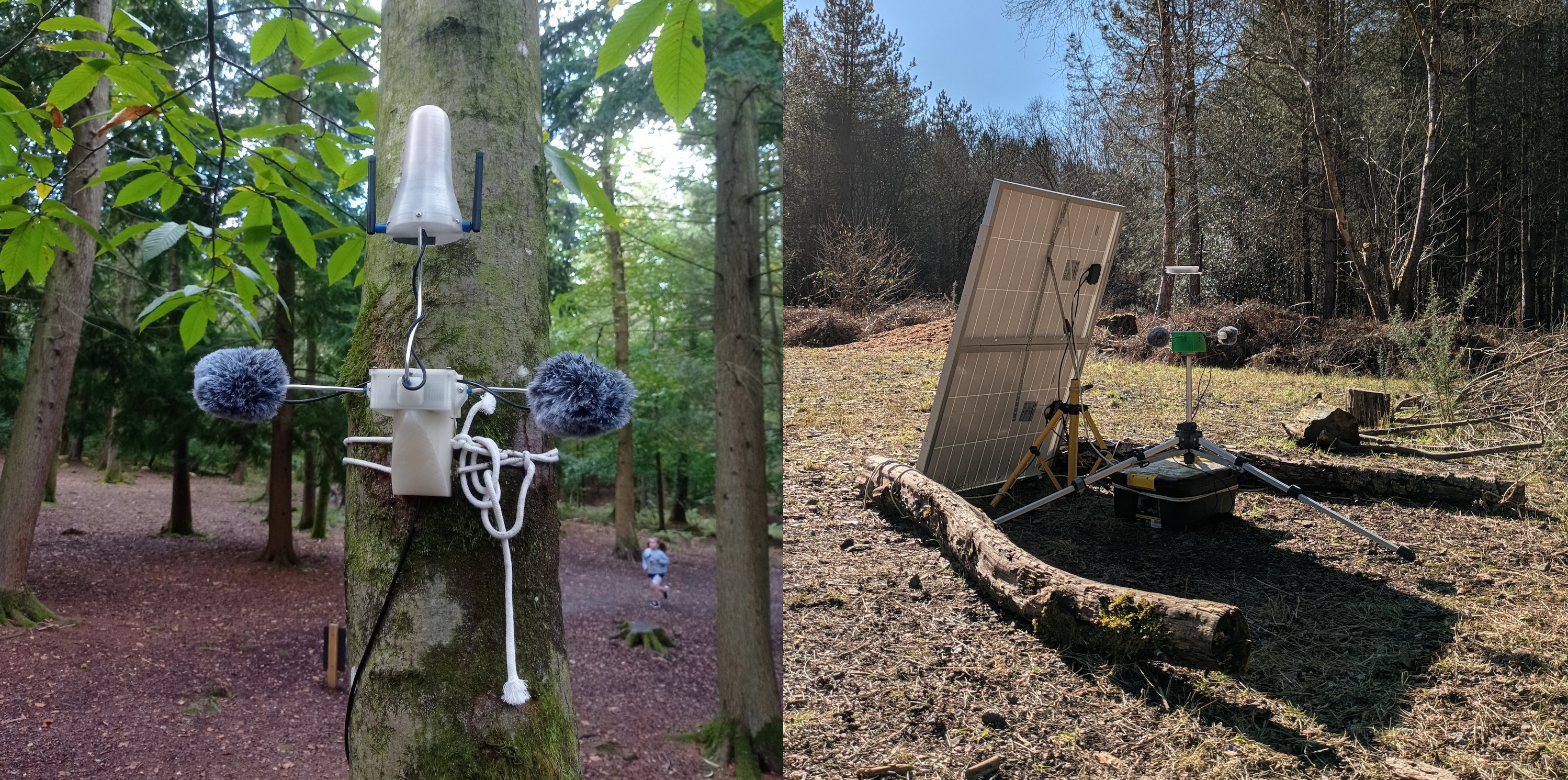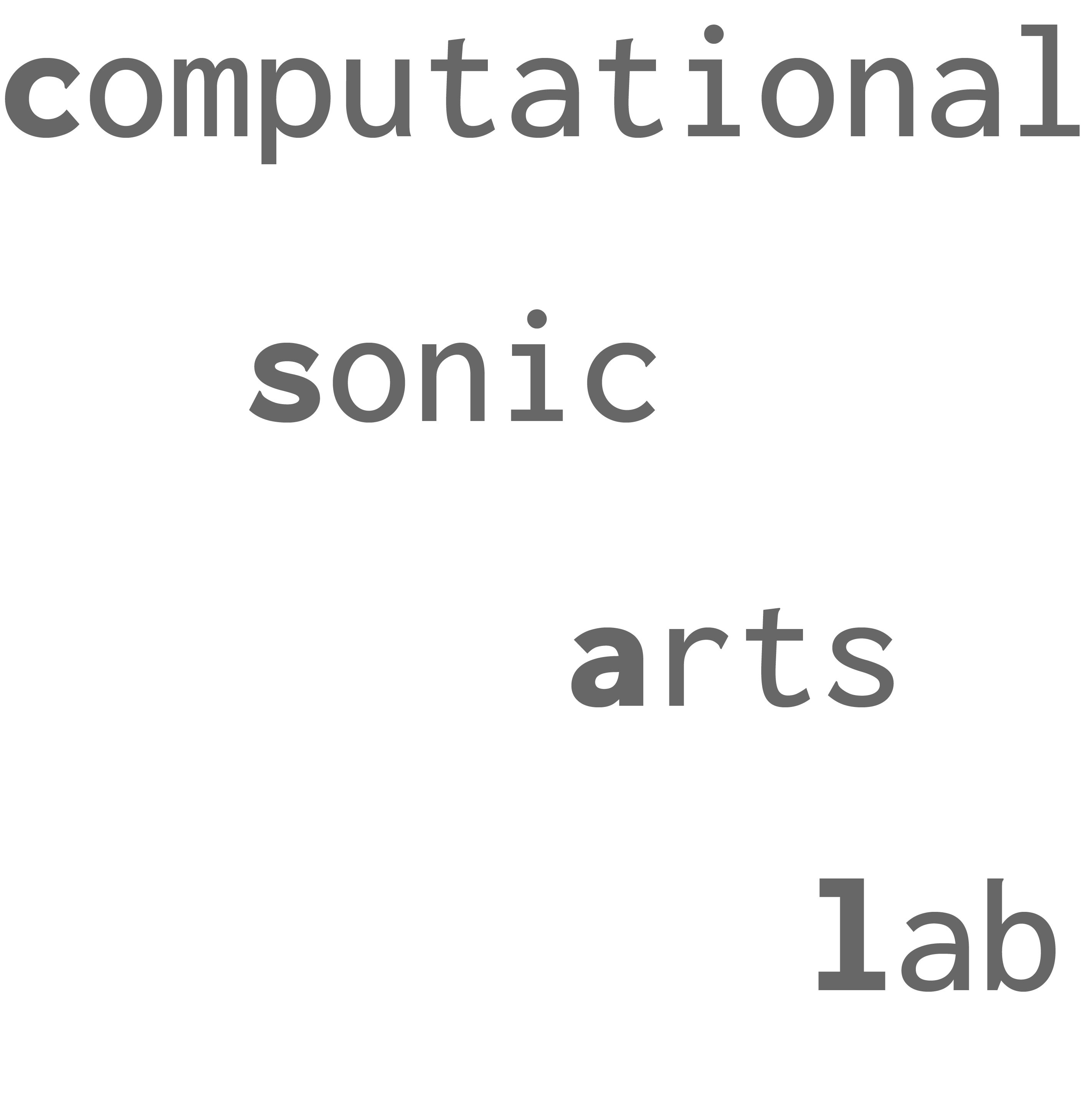about | publications | people
 From left to right: Shuoyang Zheng, Lianganzi Wang, Anna Xambó Sedó, Nico García-Peguinho, Merlin Goldman and Jimena Arruti. Top, from left to right: Lina Bautista, Qiaoxi Zhang and Solomiya Moroz. Photo and photo composition by Shuoyang Zheng.
From left to right: Shuoyang Zheng, Lianganzi Wang, Anna Xambó Sedó, Nico García-Peguinho, Merlin Goldman and Jimena Arruti. Top, from left to right: Lina Bautista, Qiaoxi Zhang and Solomiya Moroz. Photo and photo composition by Shuoyang Zheng.
Latest News
 | Exciting PhD Studentship Open in Our Lab Funded by China Scholarship Council We are happy to announce an exciting PhD position to work on “Sonification techniques for understanding hidden processes of LLMs” at the Centre for Digital Music, School of Electronic Engineering and Computer Science, Queen Mary University of London, funded by the China Scholarship Council (CSC). |
 | Dr Anna Xambó presents at the Freesound Day programme Anna will be presenting “Sensing the Forest: Exploring Climate Change Through Soundscape Datasets from DIY Streamers at Alice Holt Forest” at the Freesound Day programme, October 28th, Barcelona and online |
 | Qiaoxi Zhang presents at TENOR 2025 Qiaoxi will be presenting the following paper at the TENOR 2025 conference (October 25-27, 2025): Zhang, Q., Barthet, M., Xambó Sedó, A. “From Shape to Music: Contour-Conditioned Symbolic Music Generation”. |
